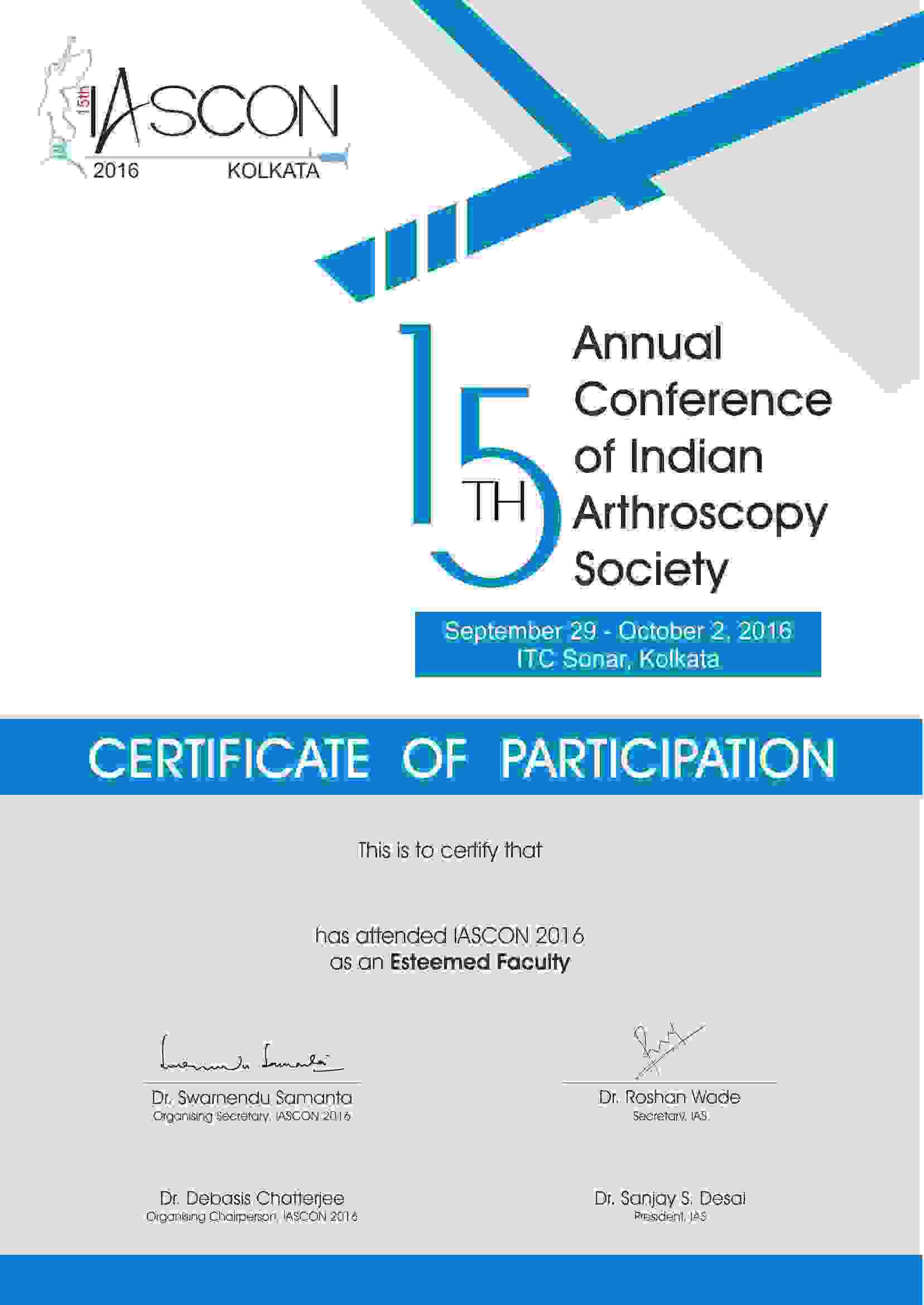A damaged or arthritic joint is removed and replaced with an artificial joint, known as a prosthesis. The goal of joint replacement is to relieve the pain in the joint caused as a result of the damage to the cartilage. Total joint replacement may be considered if other treatment options do not relieve the pain and disability.
In total joint replacement, the abnormal bone and lining structures of the affected joint are surgically removed and new components are inserted in their place. These new components may be made of special metal or plastic (which includes certain forms of polyethylene) or certain kinds of carbon-coated implants. The new parts enable the joints to function with little or no pain.
Benefits:
Artificial joints may help to:
- Reduce joint pain and restore joint motion.
- Improve the alignment of the joint(s).
- Improve hand function.
What kind of joints can be replaced?
- Finger joints
- “Knuckle” joints
- Wrist joints
Performing Joint Replacement Surgery
In joint replacement surgery, the patient will be first given an anesthetic and the surgeon will replace the damaged parts of the joint. For example, in an arthritic knee the ends of the bones and cartilage that have been damaged are replaced with metal and plastic surfaces that are shaped in such a way as to restore knee movement and function.
In an arthritic hip, the damaged ball or the upper end of the femur is replaced by a metal ball fixed to a metal stem. It is inserted into the femur and a plastic socket is implanted into the pelvis, thus replacing the damaged socket.
The prosthesis generally comprises two parts: a metal piece that fits perfectly into a matching strong and sturdy plastic piece. Several metals including stainless steel, alloys of cobalt and chrome, and titanium are used in this procedure. The plastic material namely; polyethylene, used is durable and wear-resistant. A plastic bone cement is used to anchor or fix the prosthesis into the bone. Joint replacements can be implanted without cement too, if the prosthesis and the bone are designed so well as to fit and lock together directly.
Although hip and knee replacements are most common, the joint replacement surgery can be performed on other joints too including the ankle, foot, shoulder, elbow, and fingers.
Recovery
The day after surgery, the patient will be required to stand and walk using a walker, crutches, or a cane. Exercise is an integral part of the recovery process. The orthopaedic surgeon will discuss an exercise program with the patient after surgery. The motion of the joint will considerably improve after surgery. The level of improvement will depend on how stiff your joint was prior to the surgery.
Doctor Talk About Join Pain and Joint Preservation










